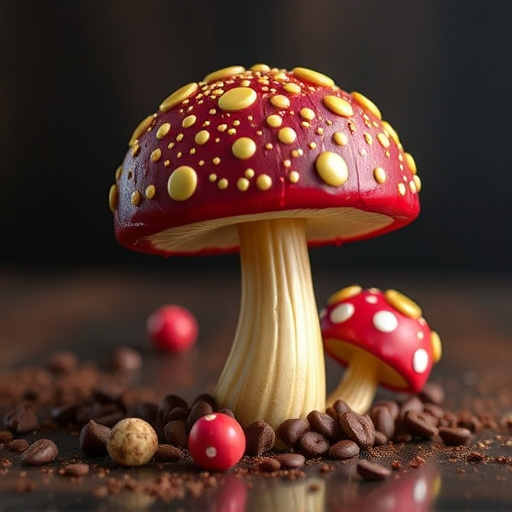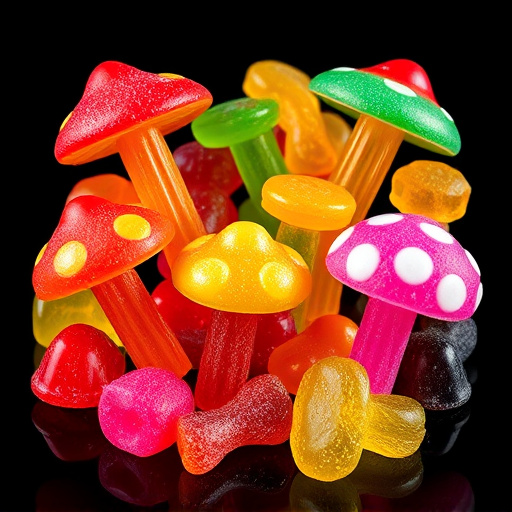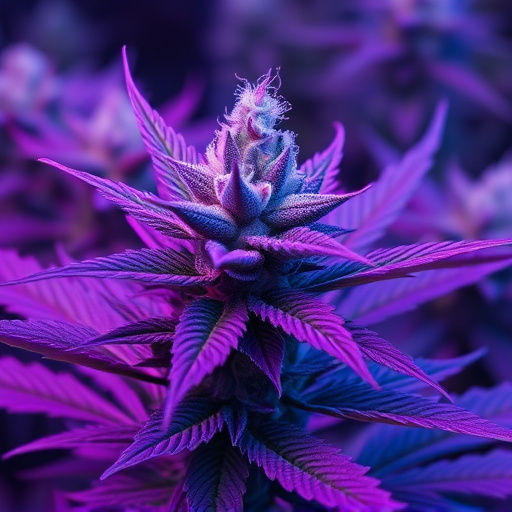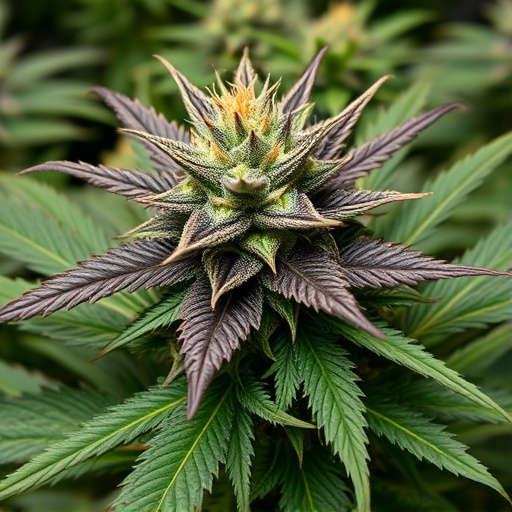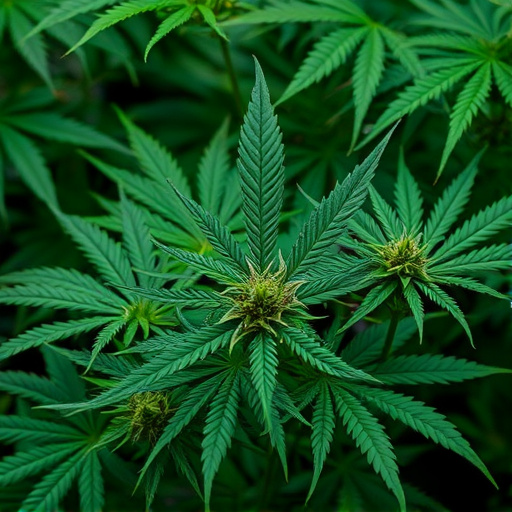Cannabis strains with high CBD and low THC, such as Cherry Cannabis, Lavender, and Lemon Haze, are popular for treating migraines due to their calming and anti-inflammatory properties. When selecting cannabis edibles, understand that different strains have unique cannabinoid and terpene profiles affecting their therapeutic effects. Balanced profiles with moderate THC and substantial CBD offer effective pain management with reduced side effects. Always start with small doses and increase gradually. Terpenes like linalool and myrcene also contribute to migraine relief through anti-inflammatory properties, guiding individuals in choosing effective cannabis strains for migraine management.
Discover the power of cannabis in alleviating migraine pain with our comprehensive guide on creating edibles. Learn how to choose specific cannabis strains tailored for migraine relief, understanding the balance between THC and CBD content and their terpene profiles. From safe extraction methods to precise dosing, we demystify preparing and integrating cannabinoids into delicious treats. Explore recipes for chocolate, gummies, and capsules, ensuring a satisfying and effective experience.
- Choosing the Right Cannabis Strains for Migraines
- – Understanding cannabis strains and their effects
- – Selection criteria for migraine relief: THC vs CBD content, terpene profiles
Choosing the Right Cannabis Strains for Migraines

When it comes to alleviating migraines, certain cannabis strains have gained popularity due to their potential therapeutic effects. The key is to select strains known for their high levels of CBD (cannabidiol) and minimal THC (tetrahydrocannabinol), as THC can sometimes trigger or worsen headaches in sensitive individuals.
Cannabis strains for migraines often include varieties with calming, anti-inflammatory properties. For instance, Cherry Cannabis (a hybrid strain) is renowned for its ability to induce relaxation and reduce inflammation, making it a potential go-to for migraine relief. Other options like Lavender (indica dominant) and Lemon Haze (sativa dominant) are also favored for their soothing aromas and effects that may help ease migraine symptoms.
– Understanding cannabis strains and their effects

When considering making edibles with cannabis flower, understanding the unique properties and effects of different cannabis strains is paramount. Each strain carries a distinct combination of cannabinoids like THC and CBD, along with specific terpenes, which collectively determine its therapeutic potential and overall experience. For instance, while high-THC strains may offer robust pain relief, they can also induce anxiety in some users. In contrast, CBD-rich varieties are popular for their potential migraine alleviation without the psychoactive effects.
For those seeking cannabis strains for migraines, opting for balanced profiles with moderate THC and substantial CBD levels could be beneficial. Such strains may provide effective pain management while minimizing unwanted side effects. It’s crucial to start with smaller doses and gradually increase until desired relief is achieved. This tailored approach ensures a safe and satisfying experience when crafting cannabis-infused edibles.
– Selection criteria for migraine relief: THC vs CBD content, terpene profiles

When considering cannabis strains for migraine relief, it’s crucial to understand the difference between THC and CBD content. While THC is known for its intoxicating effects and potential to induce relaxation, it may not be the best choice for treating migraines due to its tendency to narrow blood vessels and potentially trigger headaches in some individuals. On the other hand, CBD, which doesn’t produce a high, has gained popularity for its analgesic and anti-inflammatory properties, making it a promising option for migraine relief.
In addition to THC and CBD, terpene profiles play a significant role. Terpenes are aromatic compounds that give cannabis strains their unique scents and may offer additional therapeutic benefits. For migraines, specific terpenes like linalool, found in many lavender-dominant strains, and myrcene, common in landrace strains like Blue Medicine, have shown potential in reducing inflammation and promoting relaxation, making them valuable components in migraine treatment.
In conclusion, understanding the right cannabis strains for migraines involves a careful consideration of both THC and CBD content, as well as terpene profiles. By selecting specific strains tailored to your needs, you can harness the potential benefits of cannabis flower for effective migraine relief, ensuring a balanced and soothing experience.
